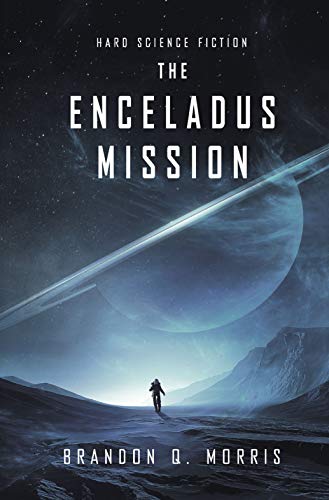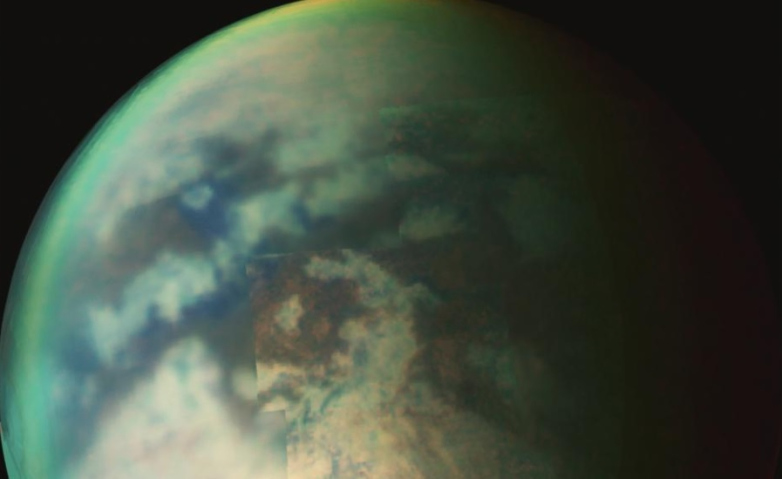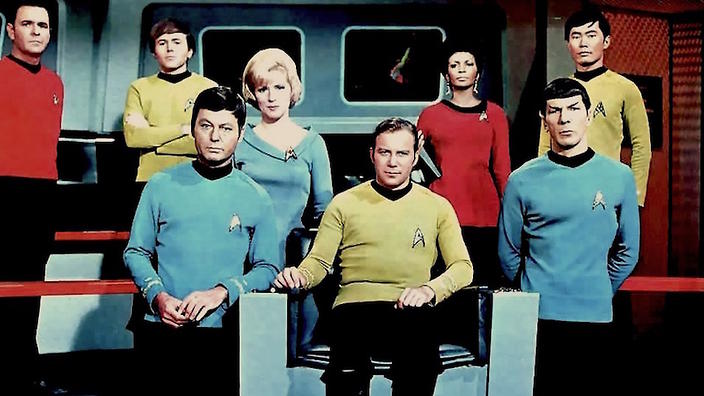It seems more and more as if Science Fiction is becoming dominated by the writing and publishing of series, trilogies in particular, as opposed to stand-alone novels. One of the latest of these series is by new author Brandon Q. Morris and concerns an expedition to the planet Saturn in order to investigate the possibility of life on its moon Enceladus.

One problem that arises with these series is that it can be quite easy to pick up the second or third story in the series and start reading without realizing that you’re starting in the middle of the story. I did that when I bought ‘The Titan Probe’. Two pages in and I recognized my error, put the book down and ordered ‘The Enceladus Mission’. Because of that mistake on my part however this book review will be a two for one, reviewing both “The Enceladus Mission’ and ‘The Titan Probe’.


‘The Enceladus Probe’ begins as the unmanned space probe ELF discovers clear evidence not just of organic compounds around Saturn’s moon but “the digestive byproducts of your space rat.” In other words the probe has found unmistakable evidence of life. The acronym ELF by the way stands for Enceladus Life Finder and is an actual proposed NASA mission to that moon of Saturn.
Brandon Morris uses a lot of acronyms in both ‘The Enceladus Mission’ and ‘The Titan Probe’ and for the most part I think that’s a good thing. This style of hard sci-fi has benefited from the success of Andy Weir’s ‘The Martian’ and appears to be growing more popular, witness the current movie ‘Ad Astra’.

In hard sci-fi novels hardware that already exists, is currently under development or at least is based on known science is employed as much as possible in illustrating the story. Personally I hope this trend toward hard sci-fi will continue. Of course it is possible to overdo the techno jargon, I mean is it really better to talk about an EMU, which means Extravehicular Mobility Unit, instead of just saying spacesuit!
Getting back to the story, now that there is clear evidence of life on Enceladus the nations of the world combine their resources to put together a manned mission to “catch the little critter itself.” So begins the voyage of the ILSE spacecraft, ILSE standing for International Life Search Expedition no less.
The idea of the world’s space nations getting together is another common theme of hard sci-fi novels. In ‘The Martian’ for example a Chinese rocket is needed to resupply the Hermes spaceship as it goes to rescue Mark Watney who’s stranded on Mars. I guess the authors of these stories like to imagine how much more we could achieve in space if only we worked together.

Also like ‘The Martian’ in both ‘The Enceladus Mission’ and “The Titan Probe’ the crew of the ILSE face several technical problems with equipment during their mission that require all of their ingenuity and determination to overcome. Once again this is a plot device that can be overused but Brandon Morris does a good job of making each predicament seem different from the others.
One plot device that was lacking in ‘The Martian’ but which Morris includes in both ‘The Enceladus Mission’ and ‘The Titan Probe’ is intelligent aliens. Now back in the ‘golden age’ of sci-fi, the days of H. G. Wells, Edgar Rice Burroughs and Ray Bradbury, Martians and Venusians were more common than interstellar aliens. But when the early space probes of the 1960s found Mars to be a cold desert and Venus to be an acidic furnace the aliens in sci-fi stories became exclusively interstellar. I have to say that it was nice to see a story with intelligent aliens who are native to our solar system for a change.

So there you have a good idea of the sort of story you’ll find in both ‘The Enceladus Mission’ and ‘The Titan Probe’. If you’re a fan of hard sci-fi, if you liked ‘The Martian’ I think that you’ll enjoy both novels. By the way there is a third installment in the voyage of the ILSE, ‘The Io Encounter’ which I just received. I’ll tell you about it later.
